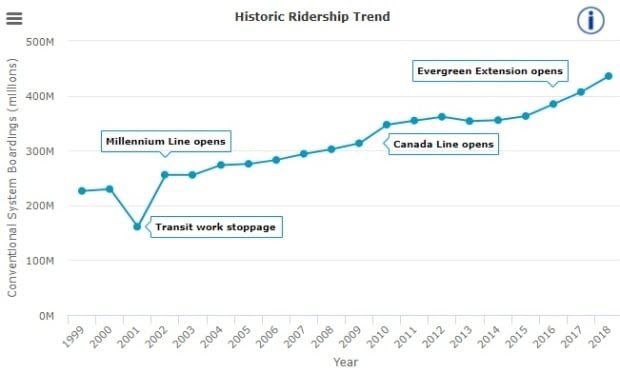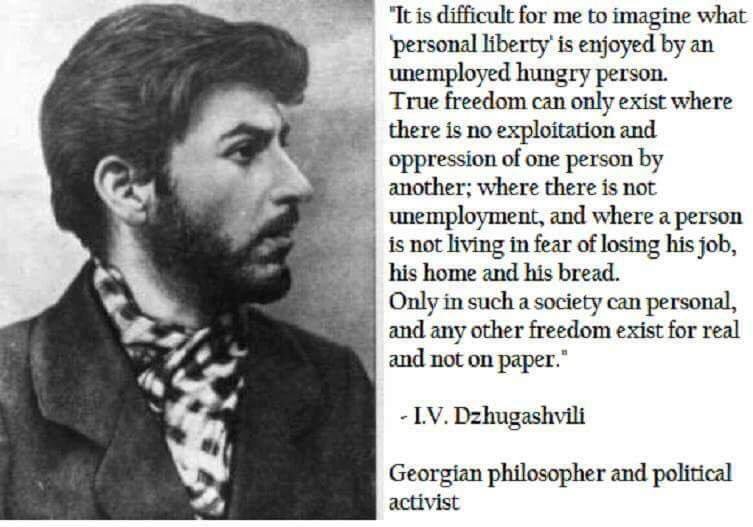Be careful, California kin. Bail early if you can & you’re under warning; this is a hard area to evacuate quickly. Check on your neighbours. Remember your pets.
What do you need to get through 24hrs?
What’s most essential to rebuild?
If you have time:
What will keep you calm while waiting?
You know how notoriously prepared parents of infants are with diaper bags? You want that for you.
if the Kincade fire jumps the Russian River, it‘s into an area with a lot of dense trees that hasn’t burned in a long time. It’s scant transport routes that channel in to exposed valleys.
And it’s what, 10% contained?
With 50,000 people under evac orders?
This is bad.
If you’re not impacted or an official source of information, please stay off disaster hashtags.
Well-meaning efforts to offer support, share outdated info, or ask questions are noise that buries vital updates.
This can escalate so fast, reception is so spotty, and this area has so few roads. Early voluntary evacuation means less chance of traffic jams. Go spend the weekend visiting friends in the city.
The whole west coast gets nasty fires, although they’re getting more intense with prolonged drought. Anywhere that just burned is less likely to burn again soon.
Most of this region hasn’t had bad fires in decades.
Gusty winds carry embers.
Vegetation is dry from summer & prolonged drought.
Hot, dry winds fan sparks into flames.
I hope Kincade doesn’t jump.
But it could.
This is a monster of a fire.
Public safety power shutdowns mean comms are going to get even more challenging. If you’re ANYWHERE nearby, either gtfo or make a plan to monitor status.
Keep your compassion front & center. Everyone makes the best choices they can within their context.
But it’s almost 11pm.
How good are your alert settings? How much faith do you have in that they’re aggressive enough to wake you up?
& then the traffic of everyone leaving together.
Bay Area Diablo winds & SoCal Santa Ana winds are similar yet distinct.
Both are katabatic winds that dry out, heat up, & pick up speed down the mountains to the coast. Diablos more often have hydraulic jumps, fastest on peaks & lees
The winds kicked up (as anticipated) overnight. Planned power outages are putting communications on a countdown clock before cell tower backup batteries die.
Thank
Fires climb hills. Diablos usually gust hardest on peaks & lee sides. Valley-jumps are on today’s “pls no” list of things I don’t want to see.
For both Kincade & Glencove, firefighters will be focused more on protecting where they can (while police are running evacs). I’ll be in awe if containment percentage ticks up today.
@AIRNow is having tech glitches. Latest: baaqmd.gov/about-air-qual…
Beware automated interpretation: Ash particles are mistriggering rain sensors at the airport closest to Kincade. More limitations: physicstoday.scitation.org/do/10.1063/PT.…
Flying in high winds is risky. With 100mph gusts, it takes a lot of skill & focus.
Dropping water or retardant is tricky when wind can blow off target & heat can vaporize payload.
Not everyone has the ability or resources to evac, but if you can please do. Help your neighbours get out. With this few roads, leaving last-minute is hard.
Staying behind puts you & firefighters in danger.
Things you can do now that are fast & free:
1. Find & follow your disaster officials & local news. @calfirelnu are key this weekend.
2. Update your emergency info with an out-of-area contact to help coordinate communication.
3. Opt in to local emergency alerts.
Lafayette fire was quickly contained, but straddles Hwy 24. It’s urban with surface street work-arounds, but is the east-west connector from 680 into the city (580, 880, I-80 (Glencove/Vallejo fire))
Interface fires (Glencove/Vallejo) are nasty for interjurisdictional coordination.
Urban fires (Lafayette) are nasty for high density of lives & assets at risk.
All of this is a nightmare of whack-a-mole firefighting.
Sonoma’s experience with several brutally bad fires in recent years is paying off.
They’ve dumped resources into better communication (including GIS). Residents (especially 2017 Tubbs fire survivors) are more prepared & take evacuation seriously.
A huge problem with Public Safety Blackouts is the shit-poor communication. They gave little advanced warning the first rollout (even to essential services like hospitals & tunnels). Schedules & maps aren’t reliably accurate or updated.
No power to pumping stations means limited stored water supply.
That’s being drained to fight fires.
thestate.com/news/business/…
But that’s looking at only a tiny portion of the risk picture. It doesn’t balance how lack of power increases other risks and costs.
Like running out of water to fight fires. ffs
With the erosion of local news, reporting resources are stretched extremely thin. Tracking what’s happening is tough.
This is why we keep talking about red flag weather & the Diablo winds.
Don’t drop photos of death into timelines without warning. Make them click-through links.
Evaluate if you’re sharing something of value or boosting disaster porn that exploits pain.
Warm-fuzzies: These ducks survived.
This is going to stay bad until the rains come. And then we’ll get landslides on freshly-burnt slopes.
Call in any new fires (please no more), but by default expect more smoke, worse air quality, & poorer visibility this afternoon.
Just because they claim no responsibility for the impacts of their shutdowns doesn’t mean it’s true.
And gas stations need power to operate.
Paying attention to where in the Bay Area still has power makes it clear that politics have even more influence than wind.
The blackouts are full-grid, not prioritized.
Hospitals, tunnels, gas stations, grocery stores, pumping stations, cell towers, retirement homes: they’re on generators with limited service or they’re dark.
Yes, this has huge public safety implications.
They didn’t consult or inform re: shutdown plans until the first one, so services scrambled to install & upgrade generators all month.
Their maps are inaccurate.
Schedule & duration are inaccurate.
PG&E is talking about extending blackouts for a week.
After they started.
When impacted people have limited communications to get updates, and can’t go get more food, water, medication, or fuel.
Personal preparedness is expensive. Food waste, burning fuel driving around to charge cellphones, prescription advances not covered by insurance, batteries...
All while unexpectedly out of work.
Indefinitely.
How deep are your savings?
Now at 66,231 acres, Kincade fire is roughly the size of:
Reading, PA
Anchorage, AK
Eugene, OR
Green Bay, WI
Tri-Cities, WA
Waco, TX
Springfield, IL
Topeka, KS
Tuscaloosa, AL
Portsmouth, NH
It’s a bit smaller than Trenton, NJ for now.
And those closest to the Kincade fire are least likely to still have cell service to get updates.
Most North American cell towers have battery backups that run 2-4 hours depending on call volume. Big players upgrade to generators in critical locations: Sprint (8hrs), Verizon (72hrs), AT&T (120hrs).
Details: sfchronicle.com/business/artic…
Weather warnings getting adjectives.
















